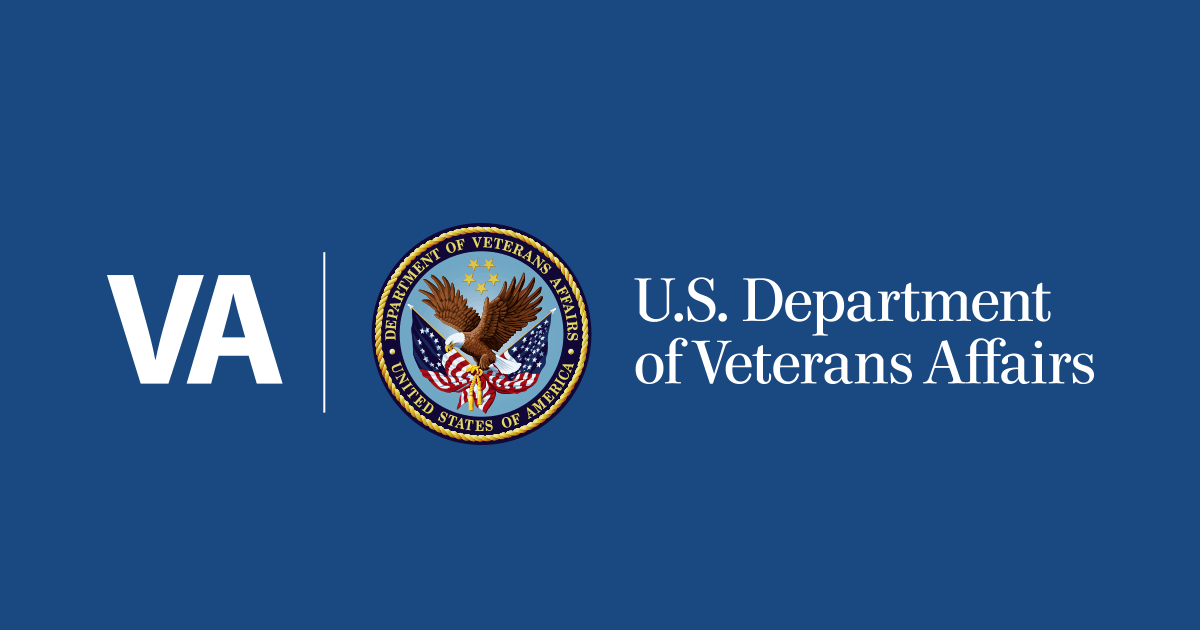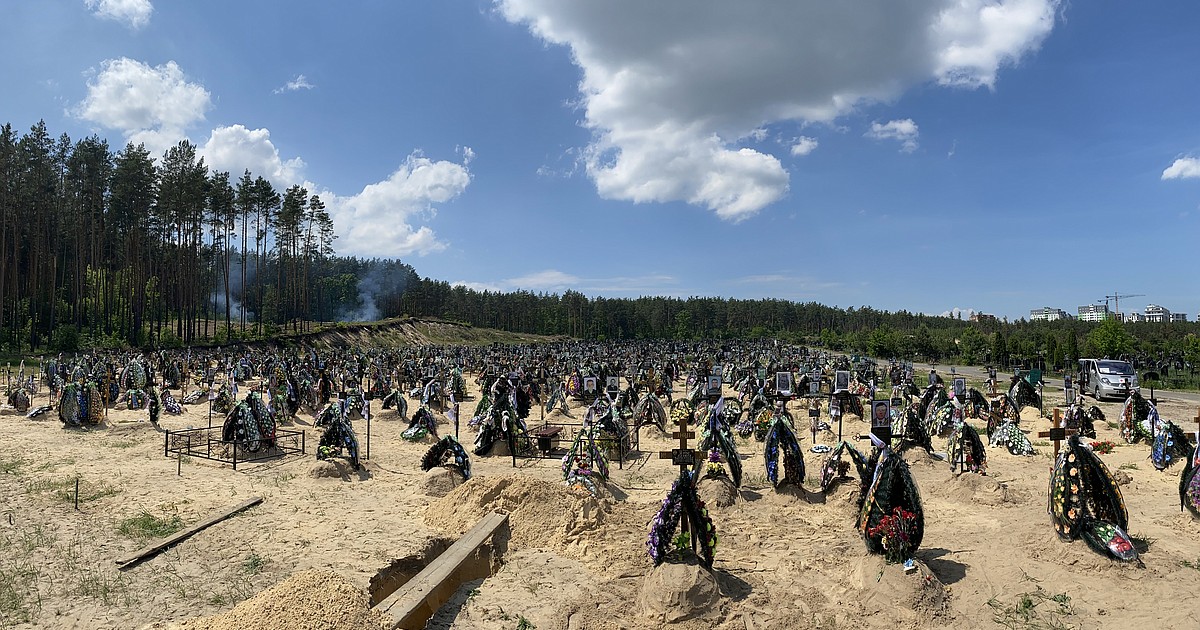[ad_1]
By Heidi Leathwood
When I first saw ozone alert road signs in Colorado, I had no idea they had anything to do with health. Why were the signs asking me not to drive because of ozone — I thought we wanted to save the ozone layer? And why such an ineffective campaign? Clearly, the signs were not working. The congestion never seemed to lessen, and if anything, it got worse.
I now know that ozone is dangerous when it is at ground level, that the EPA and the WHO have health standards for it, and that the EPA is downgrading our rating on ozone in the Denver Metro North Front Range area to ‘severe’ nonattainment status. We have been violating the EPA’s ozone health standards since 2008, and none of the state’s plans to fix this problem have worked. Last year, most of the summer — 63 days — had ozone levels that were dangerous to human health.
Ground-level ozone is caused by certain “precursor” chemicals — nitrogen oxides and volatile organic compounds — interacting with sunlight. Getting exposed to unhealthy levels of it can put people with lung and cardiac issues in the hospital and even kill them. Short- and long-term exposure to it is linked to asthma development in children, worsening of respiratory and cardiac illnesses, scarring of healthy lung tissue, depression in adolescents, dementia in older adults, lowered sperm count and premature birth. So why is the state not doing more than displaying these ineffective signs asking people not to drive? Are the signs really meant to protect health, or are they just there to tick a box?
The state’s actions suggest that they are afraid to rein in the number one cause of ozone pollution, namely fracking and other oil and gas development. The Regional Air Quality Council has data showing that oil and gas production and transmission operations in our state are the number one cause of ozone: data showing that this industry puts out more of these precursors than many other sources combined, and certainly far more than cars. So why has the RAQC’s proposed plan to deal with ozone allow “precursor” emissions from oil and gas operations to increase 11% by 2026, not decrease? Why hasn’t the Colorado Oil and Gas Conservation Commission — which is required by law to be making rules to protect us from the cumulative pollution that oil and gas operations contribute to — made any rules to decrease high-emitting activities during ozone season or on high-ozone days? The state actually has the power to get our ozone levels back to safe levels by reining in oil and gas pollution, but it is not using that power. How many lives could be saved? How many health costs could be avoided?
As usual, oil and gas production continues apace, and it is slated to increase in the coming years, with no rules to prohibit new wells or curtail activities in heavily polluted areas, which are often in disproportionately impacted communities. Though they like to play the victim, the companies extracting oil and gas in Colorado are still making bank — producing billions of dollars worth of oil and gas each year. The oil and gas industry has too much influence in the policy and regulatory space. It is time for the state to find some courage and decide once and for all to put the health of the public above the profit of oil and gas companies.
Heidi Leathwood lives in Denver.
[ad_2]
Source link



